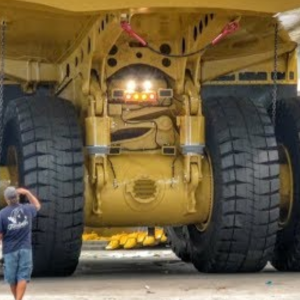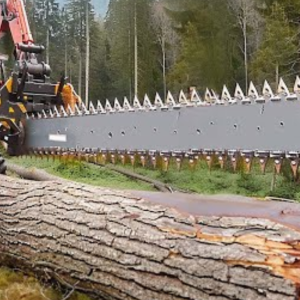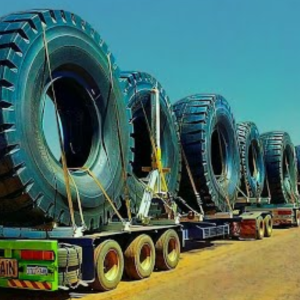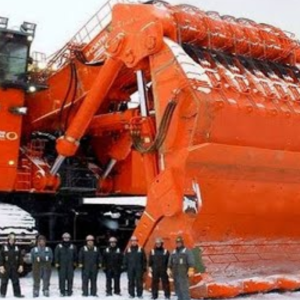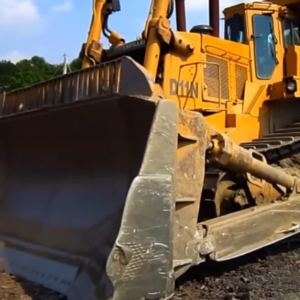
The Nash Airflyte was constructed like few other American cars of its time, and it was innovative in other ways, too. This 1951 factory film provides the details.
As we’ve mentioned more than once here at Mac’s Motor City Garage, the 1949-51 Nash Airflyte was one of the more distinctive American cars of its time. (See our feature here.) For example: Unitized body/frame construction as developed by the Budd Corporation caught on in Europe before it was fully embraced by the Motor City, but Nash-Kelvinator was an early adopter in the USA, starting with the 1941 Nash 600 and continuing with the Airflyte. ‘
In satisfying detail, this film explores how unit construction was incorporated in the Airflyte. We start with an entertaining demonstration of its benefits by “Lucky” Lee Lott’s Hell Drivers auto thrill show, followed by a technical explanation with animated diagrams. Much of the story is devoted to the stamping, welding, and assembly process at the Milwaukee and Kenosha facilities. The jigging and electric spot welding are not so different from today’s methods—-except that here, hundreds of human production workers are the welding robots, so to speak.
Also included are some glances at distinctive Airflyte features, including one that continues to fascinate people to this day: the fold-down seats, roll-out mattress, and fitted window screens that converted the car into a rather comfortable camper. While much has been made of the romantic possibilities, the setup was actually designed for tourists and outdoorsmen. Anyway, here’s the most complete visual presentation on the Airflyte we’ve found so far, a full 17 minutes. Video below.
